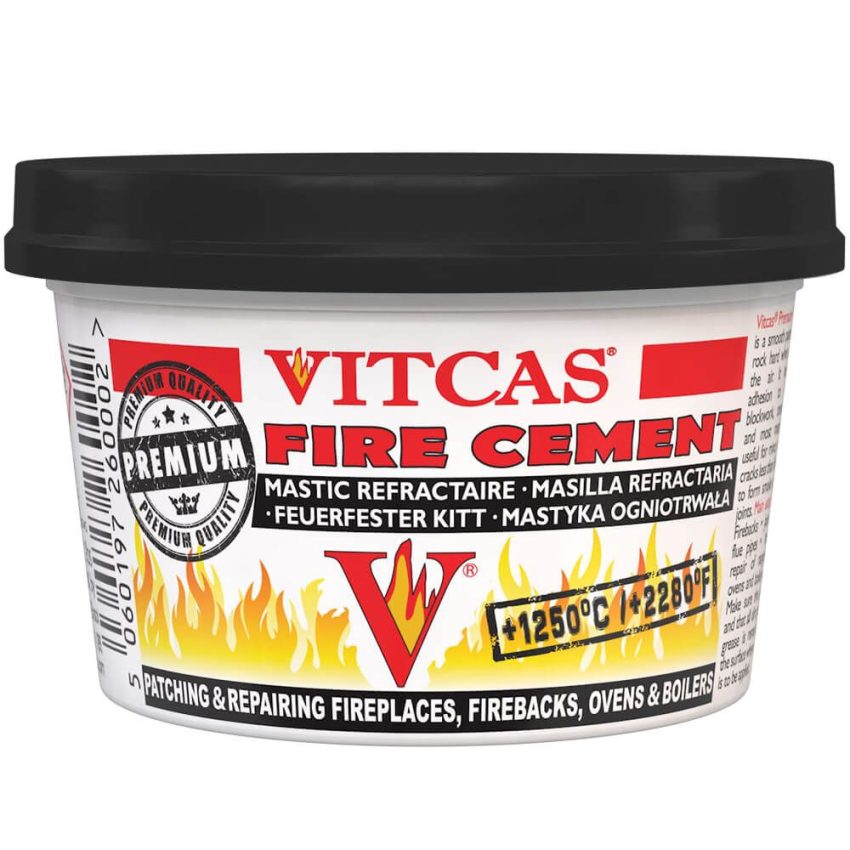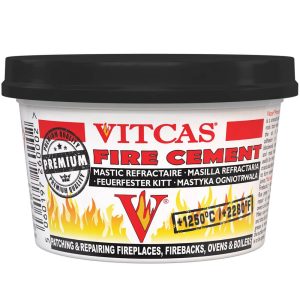Sealing chimney installations requires the use of appropriate building materials that can withstand high temperatures. A chimney fire cement is an essential product that ensures the safety and durability of chimney structures. Despite its simple application, many wonder – how to properly use fire cement in chimney installations?
Properly sealing a chimney installation is crucial for its safe and efficient operation. The high temperatures that chimneys are exposed to demand specialized building materials that can withstand extreme conditions. Vitcas’ chimney fire cement provides durable, heat-resistant insulation that prevents smoke leaks and structural damage.
How to Apply Chimney Sealing Cement?
A high-temperature mortar is an essential product for sealing chimney installations. The cement can be effectively used if the surface to which it will be applied is cleaned first. The area must be free of dust, grease, and other contaminants that could weaken the adhesion. Then, chimney fire cement should be evenly applied to chimney pipe joints, gaps, or any other areas requiring sealing. A chimney pipe sealant is highly resistant to temperatures, making it suitable for both interior and exterior use on chimneys. Remember that chimney sealing compound should be applied according to the manufacturer’s instructions to ensure durability and safety. The cement is resistant to temperatures reaching several hundred degrees Celsius, making it an ideal solution for any type of chimney installation.
Recommended Reading:
What is Fire Cement and What is it Used For?
Refractory putty, ideal for fireplaces and cookers
Properly applied chimney fire cement ensures tightness and long-term protection of chimney installations from high temperatures. With the right building materials, safe chimney operation can be assured, preventing unexpected failures.

